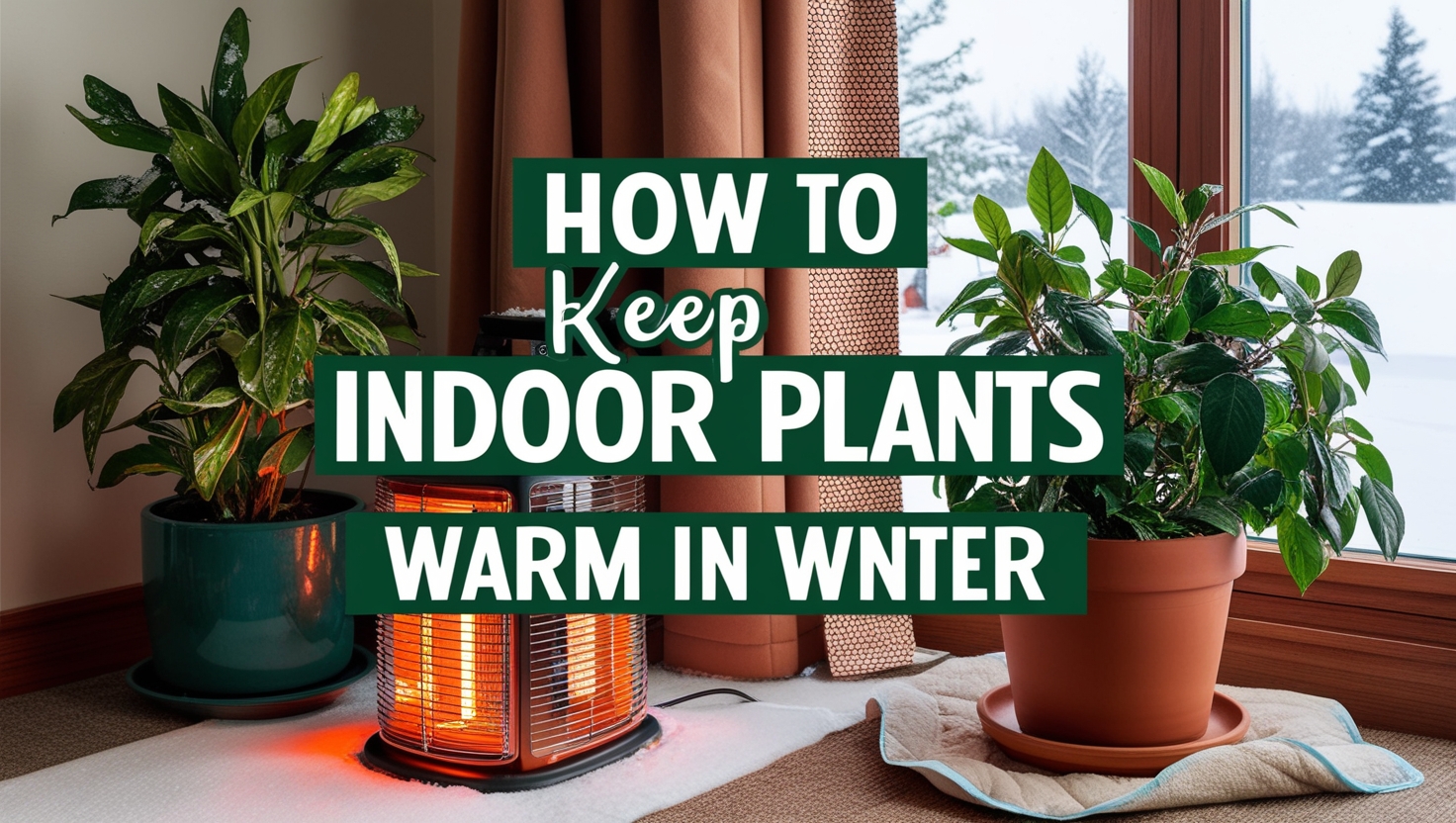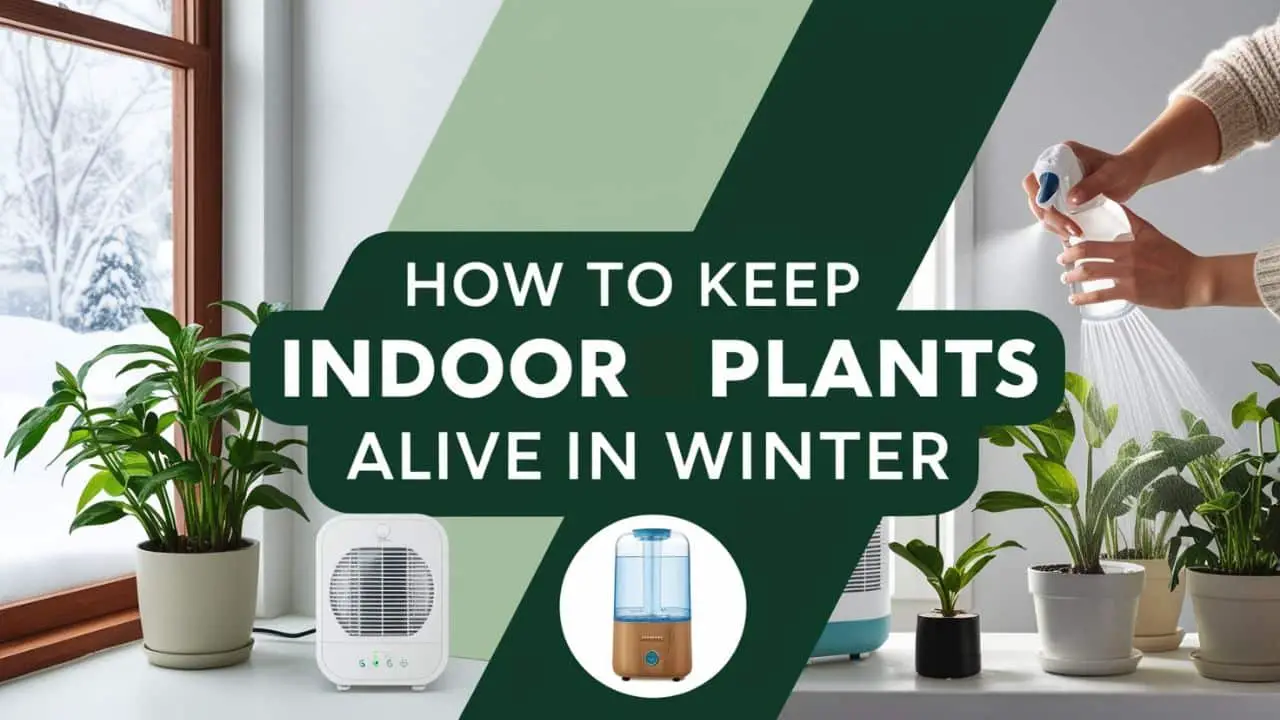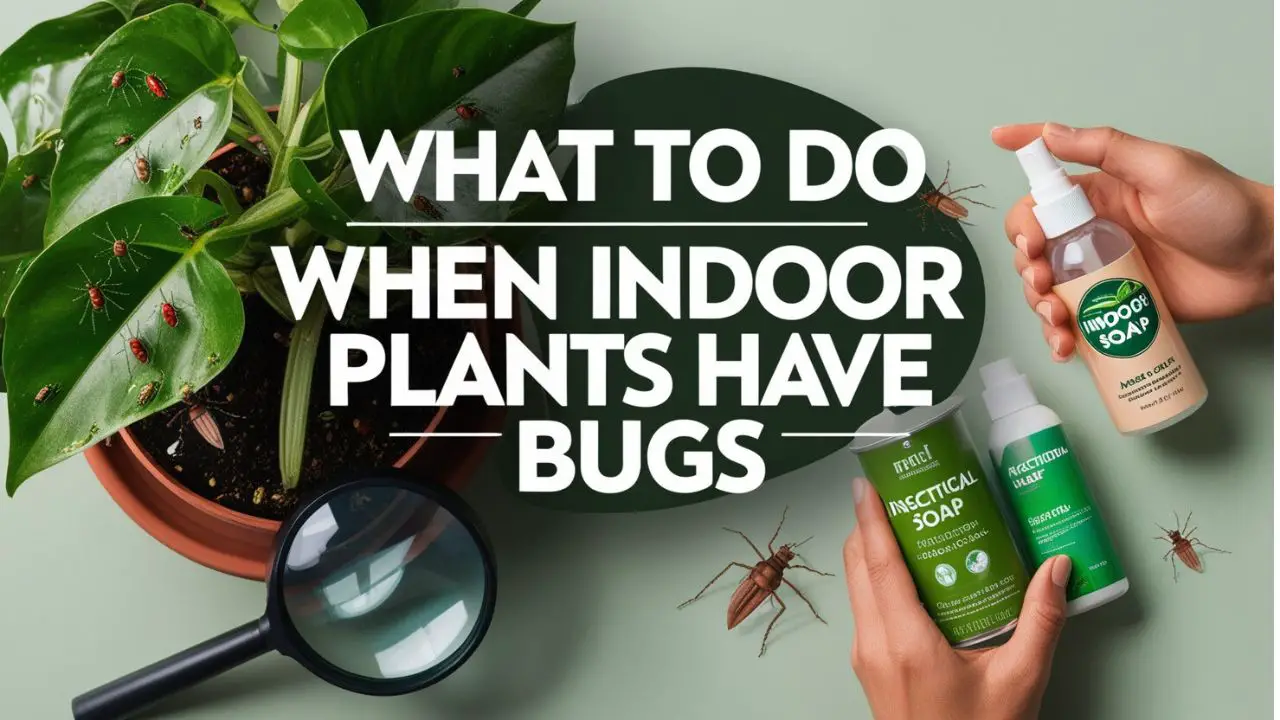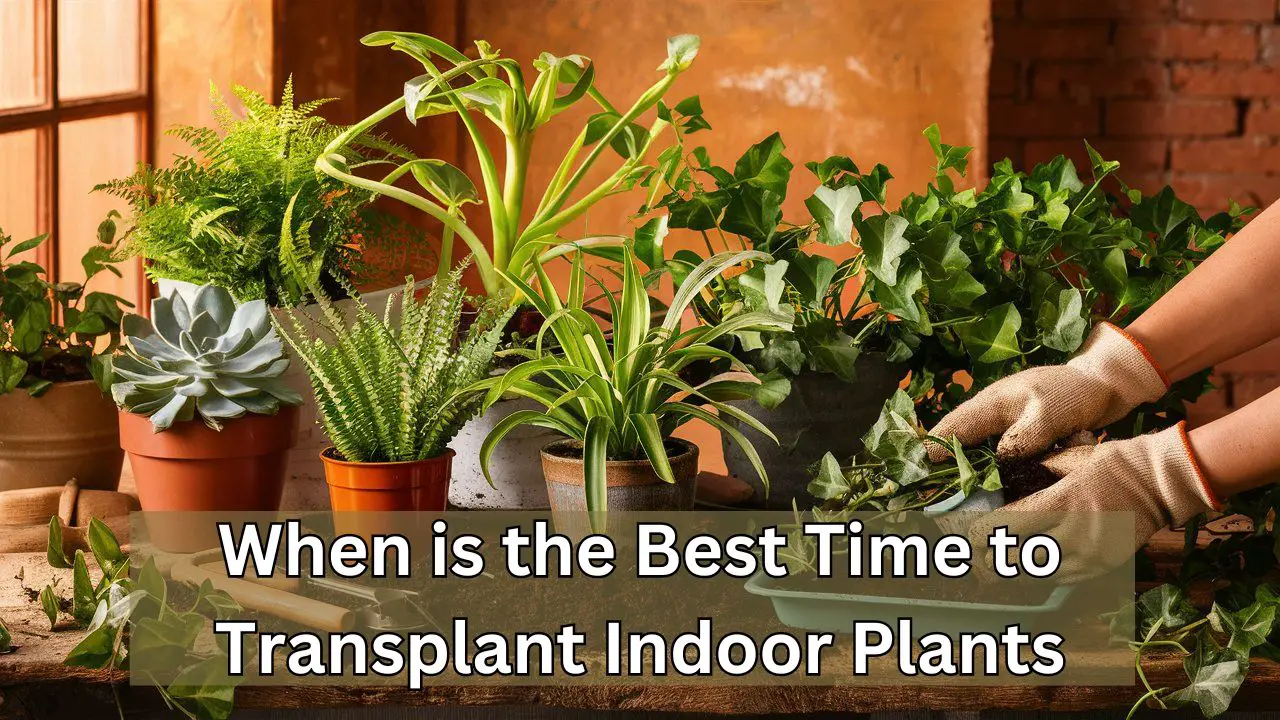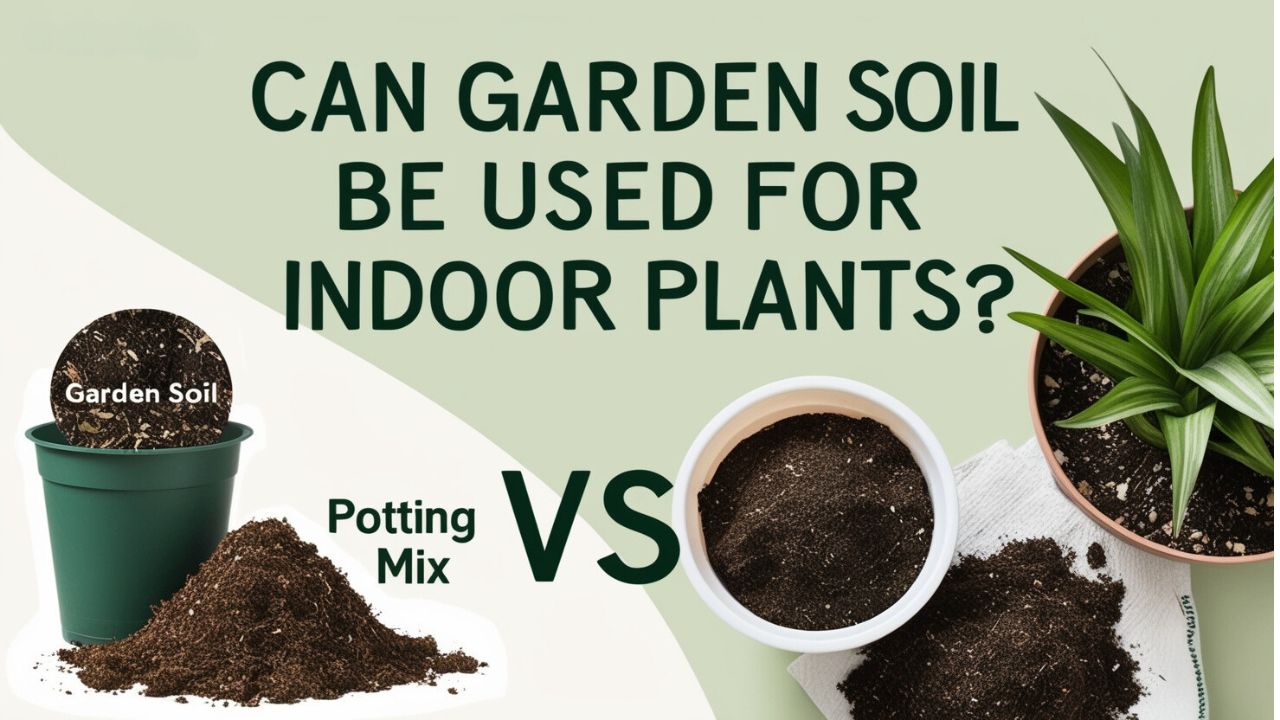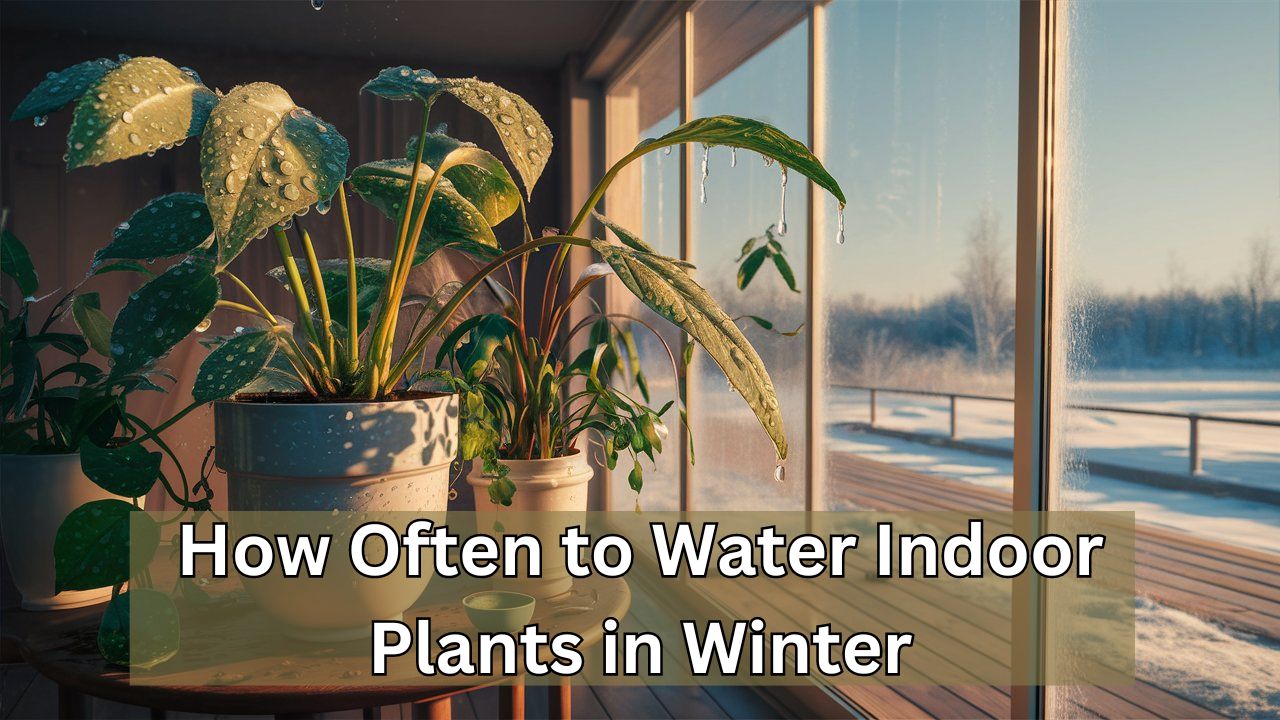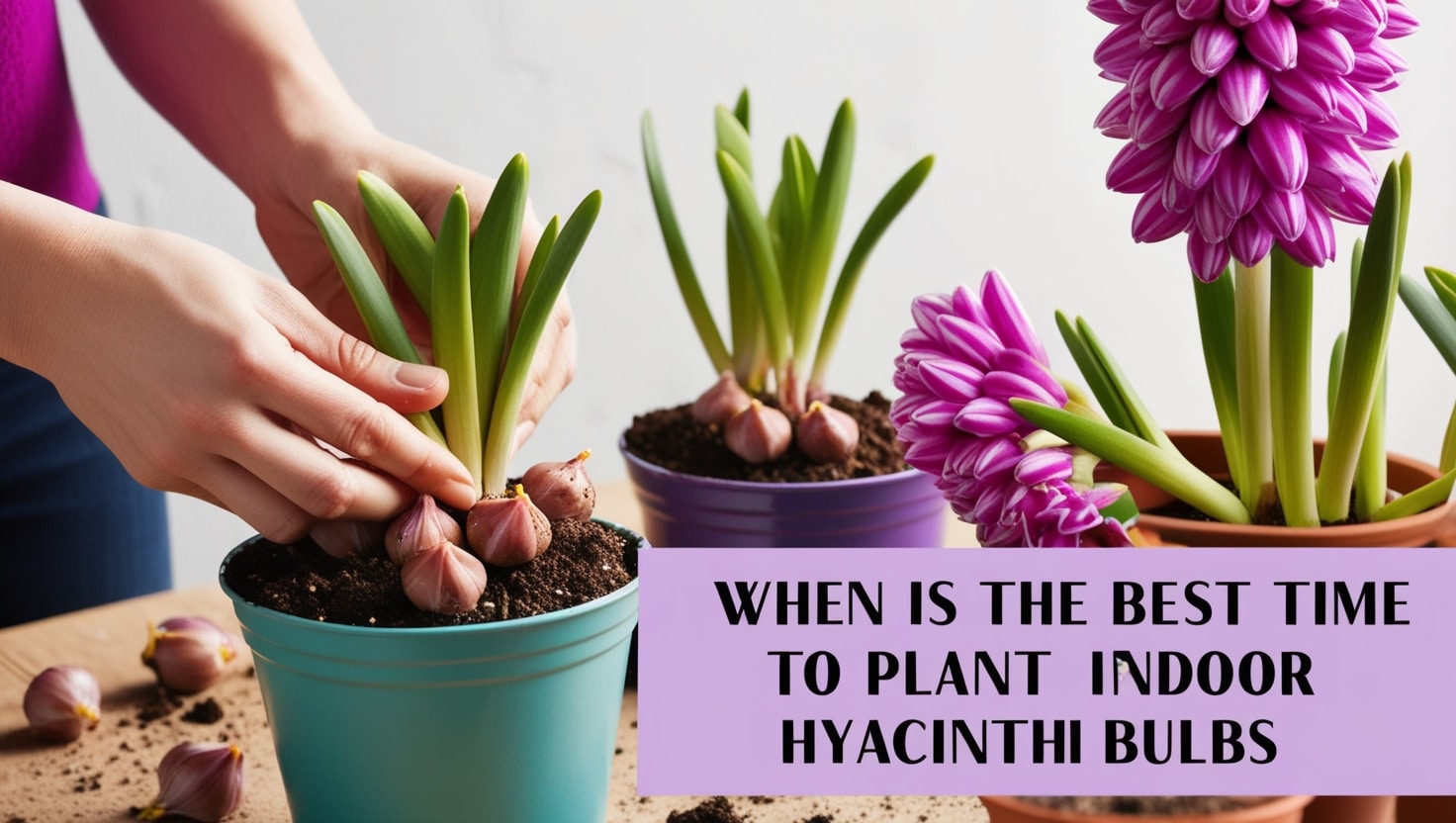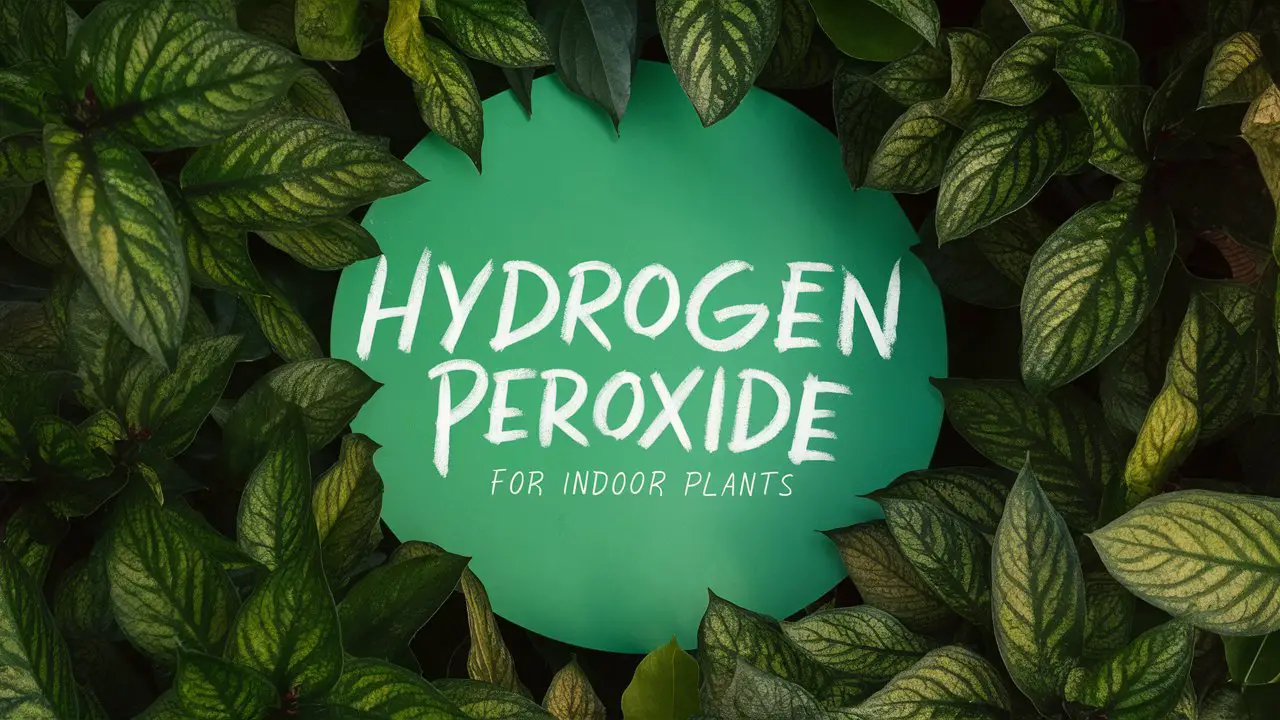Category: Planting
-
Which Indoor Plants are Safe for Cats: Top Picks
Spider plants, Boston ferns, and Areca palms are safe for cats. Calathea and prayer plants are also non-toxic. Many cat owners love adding greenery to their homes but worry about their pets’ safety. Certain plants can be harmful if ingested by cats. Luckily, several indoor plants are both beautiful and safe for your feline friends.…
Categories: Indoor Plants -
How to Keep Indoor Plants Warm in Winter: Cozy Tips
To keep indoor plants warm in winter, move them away from drafty windows and use insulating materials. Ensure they receive adequate sunlight and maintain consistent room temperature. Indoor plants need extra care during winter to thrive. Cold drafts and fluctuating temperatures can stress them. Positioning your plants away from doors and windows reduces exposure to…
Categories: Indoor Plants -
How to Keep Indoor Plants Alive in Winter: Thrive Tips
To keep indoor plants alive in winter, ensure they receive adequate light and maintain proper humidity levels. Water sparingly to prevent root rot. Winter can be challenging for indoor plants due to reduced sunlight and lower humidity. Providing ample light is crucial, so place plants near windows or use grow lights. Monitor the temperature to…
Categories: Indoor Plants -
What to Do When Indoor Plants Have Bugs?
To handle bugs on indoor plants, isolate the affected plants and use insecticidal soap. Regularly inspect and clean the plants. Indoor plants bring life and beauty to any space, but bugs can ruin their charm. Pests like aphids, spider mites, and gnats can infest your plants and cause damage. Early detection and immediate action are…
Categories: Indoor Plants -
When is the Best Time to Transplant Indoor Plants: Ultimate Guide
The best time to transplant indoor plants is during early spring or late winter. These periods allow plants to adjust before active growth. Transplanting indoor plants can seem daunting but is essential for their health. Early spring and late winter offer optimal conditions. Plants are less stressed and can establish roots before the vigorous growth…
Categories: Indoor Plants -
Can Garden Soil Be Used for Indoor Plants? Pro Tips!
Garden soil can be used for indoor plants, but it’s not ideal. It often lacks proper drainage and can harbor pests. Indoor plants require a well-balanced, nutrient-rich soil to thrive. Garden soil, though rich in organic matter, can be too dense for potted plants. This density restricts air flow and water drainage, leading to root…
Categories: Indoor Plants -
How Often to Water Indoor Plants in Winter: Essential Tips
Water indoor plants every 10-14 days in winter. Adjust frequency based on plant type and indoor humidity. Winter can be a challenging time for indoor plants. Reduced sunlight and lower temperatures slow down their growth. Consequently, plants require less water compared to other seasons. Overwatering can lead to root rot and other issues. It’s crucial…
Categories: Indoor Plants -
When is the Best Time to Plant Indoor Hyacinth Bulbs: Optimal Seasons Revealed
The best time to plant indoor hyacinth bulbs is in the fall, from September to November. This timing allows for proper root development. Planting indoor hyacinth bulbs in the fall ensures they have enough time to establish roots before blooming in late winter or early spring. Hyacinths require a cold period to stimulate growth and…
Categories: Indoor Plants -
How Do You Use Hydrogen Peroxide for Indoor Plants: Boost Growth!
Mix one part hydrogen peroxide with four parts water. Use this solution to water your indoor plants once a week. Hydrogen peroxide can enhance the health of your indoor plants. It helps eliminate pests and prevents root rot. This simple solution releases extra oxygen into the soil, promoting root growth and overall plant vitality. The…
Categories: Indoor Plants


